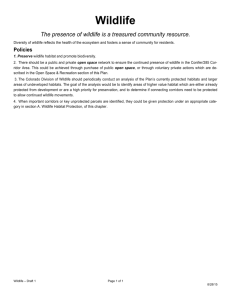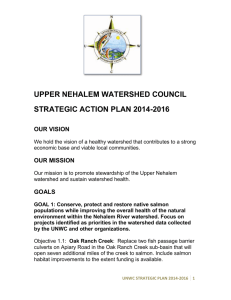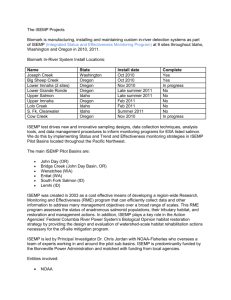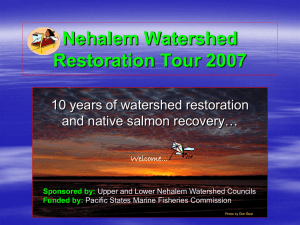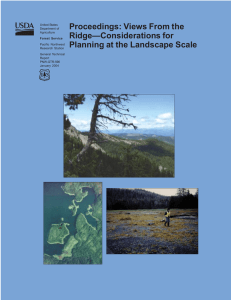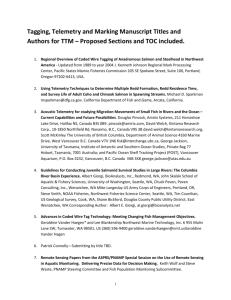Native salmon will find rearing, refuge and spawning habitat
advertisement
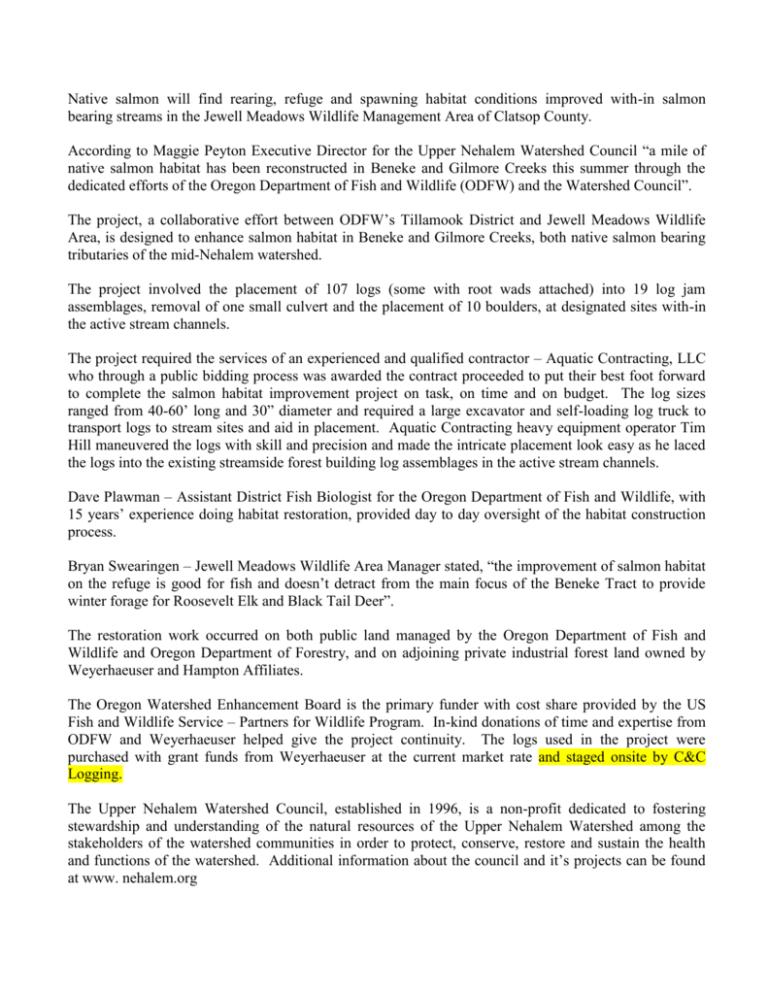
Native salmon will find rearing, refuge and spawning habitat conditions improved with-in salmon bearing streams in the Jewell Meadows Wildlife Management Area of Clatsop County. According to Maggie Peyton Executive Director for the Upper Nehalem Watershed Council “a mile of native salmon habitat has been reconstructed in Beneke and Gilmore Creeks this summer through the dedicated efforts of the Oregon Department of Fish and Wildlife (ODFW) and the Watershed Council”. The project, a collaborative effort between ODFW’s Tillamook District and Jewell Meadows Wildlife Area, is designed to enhance salmon habitat in Beneke and Gilmore Creeks, both native salmon bearing tributaries of the mid-Nehalem watershed. The project involved the placement of 107 logs (some with root wads attached) into 19 log jam assemblages, removal of one small culvert and the placement of 10 boulders, at designated sites with-in the active stream channels. The project required the services of an experienced and qualified contractor – Aquatic Contracting, LLC who through a public bidding process was awarded the contract proceeded to put their best foot forward to complete the salmon habitat improvement project on task, on time and on budget. The log sizes ranged from 40-60’ long and 30” diameter and required a large excavator and self-loading log truck to transport logs to stream sites and aid in placement. Aquatic Contracting heavy equipment operator Tim Hill maneuvered the logs with skill and precision and made the intricate placement look easy as he laced the logs into the existing streamside forest building log assemblages in the active stream channels. Dave Plawman – Assistant District Fish Biologist for the Oregon Department of Fish and Wildlife, with 15 years’ experience doing habitat restoration, provided day to day oversight of the habitat construction process. Bryan Swearingen – Jewell Meadows Wildlife Area Manager stated, “the improvement of salmon habitat on the refuge is good for fish and doesn’t detract from the main focus of the Beneke Tract to provide winter forage for Roosevelt Elk and Black Tail Deer”. The restoration work occurred on both public land managed by the Oregon Department of Fish and Wildlife and Oregon Department of Forestry, and on adjoining private industrial forest land owned by Weyerhaeuser and Hampton Affiliates. The Oregon Watershed Enhancement Board is the primary funder with cost share provided by the US Fish and Wildlife Service – Partners for Wildlife Program. In-kind donations of time and expertise from ODFW and Weyerhaeuser helped give the project continuity. The logs used in the project were purchased with grant funds from Weyerhaeuser at the current market rate and staged onsite by C&C Logging. The Upper Nehalem Watershed Council, established in 1996, is a non-profit dedicated to fostering stewardship and understanding of the natural resources of the Upper Nehalem Watershed among the stakeholders of the watershed communities in order to protect, conserve, restore and sustain the health and functions of the watershed. Additional information about the council and it’s projects can be found at www. nehalem.org




